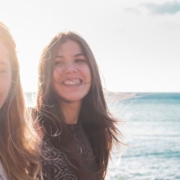
On the edge of the US and Canadian border, where the ocean flows freely between the two countries – water-locked drops of island oases can be found. With the Olympic Mountains lining the horizon and old-growth forests aplenty, the 250 days of sunshine beckon visitors and delight locals.
Friday Harbor, the largest of the San Juan Islands’ towns, is home to some of the finest restaurants, coffee shops, and artists’ studios and galleries. Here, whale watching enthusiasts enjoy the sights of resident and transitory pods; outdoor adventurists explore a variety of parks and trails; and boaters take full advantage of known and lesser-known coves, marinas, and shorelines.
Read more





















